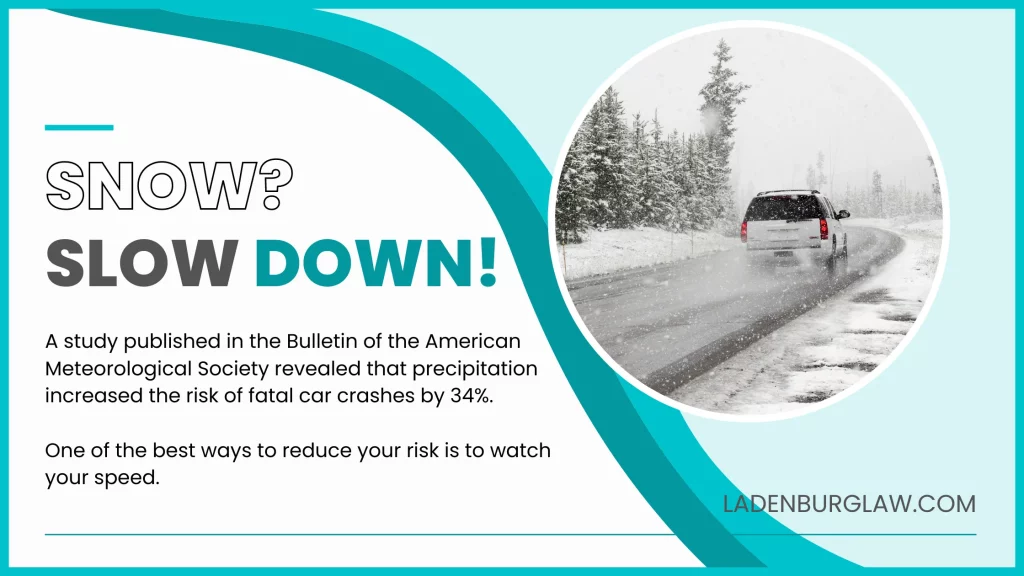Free Case Evaluation
(253) 272-5226Free Case Evaluation
(253) 272-5226As car accident attorneys in Tacoma, we’ve seen how bad weather contributes to collisions. Here in the Puget Sound, winter months mean wet and icy roads. Unfortunately, not enough drivers take proper precautions. No matter if you’re a long-time resident or just visiting, we wanted to share some helpful Washington winter driving tips.
First, let’s talk about what makes winter driving in Washington State unique. Understanding these key differences will help you plan ahead.
Even if the roads look clear, they might not be! Black ice is hard to spot until you hit it and lose control of your car.
How to Navigate: take particular care when driving late at night and early mornings, when temperatures are at their lowest. Slow your speeds when passing through heavily shaded roads, bridges, and tunnels. If you do hit a patch of black ice, avoid overcorrecting your steering wheel.
For much of the country, winter means snow. But here in the Puget Sound, expect far more days of rain. Late fall and winter months can also bring windstorms which can down trees and powerlines.
How to Navigate: keep those headlights turned on when conditions are poor. Remember to give other drivers plenty of space on the road. When it comes to driving in bad weather, reducing distractions becomes even more important. Keep your hands gripped on the wheel when it’s windy out.
We are lucky to live in a state that has diverse ecosystems and weather patterns. This means you can expect a variety of winter conditions from one side of the mountains to the other. For instance, the coast gets an average of less than half an inch of snow each year. Seattle and the Puget Sound region average about five inches per year. But Spokane? It gets about 45 inches!
How to Navigate: make sure you know the conditions of your destination before you get in the car. There can be a significant variation within a region, too. It might be dry in Tacoma, but snowy in Olympia or Graham. Puget Sound-area drivers may be less experienced driving in snow than Spokane-area drivers. Reduce your speeds and allow extra space between cars.
Here are some steps to take before winter or the big storm comes:

No matter if you’re dealing with winds, heavy rain, snow, or ice, here are a few things you can do to drive safe on Washington’s winter roads.
We’d like to end this post by sharing a few helpful resources we’ve found for Washington State winter driving.
If you are unlucky enough to end up the victim of a collision, it is important to know what to do. At Ladenburg Law, we’re happy to provide free advice if you’ve been injured in a car accident. We’re also able to send you a free copy of Erik Ladenburg‘s book “What Insurance Companies Don’t Want You to Know.” To request yours, please call us or use the contact form found at the top of our home page.